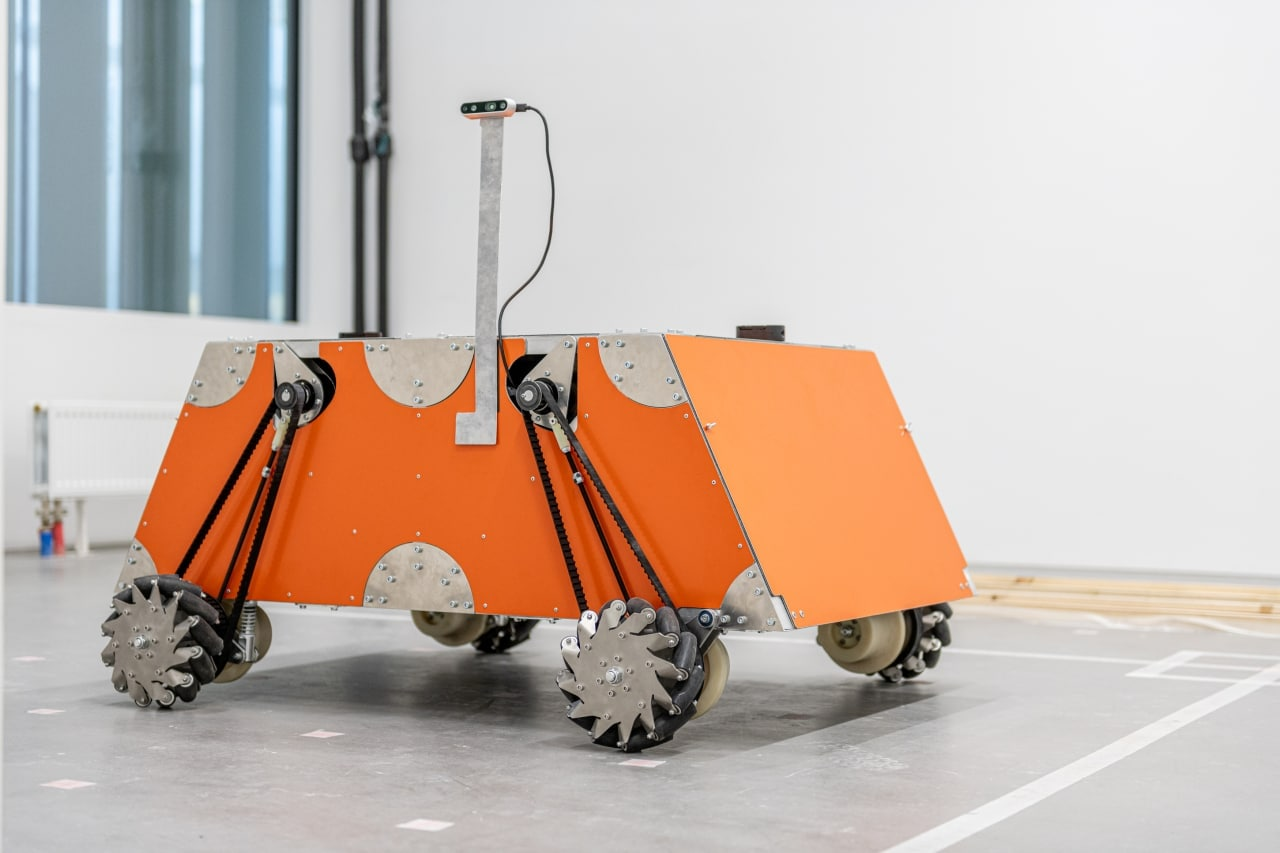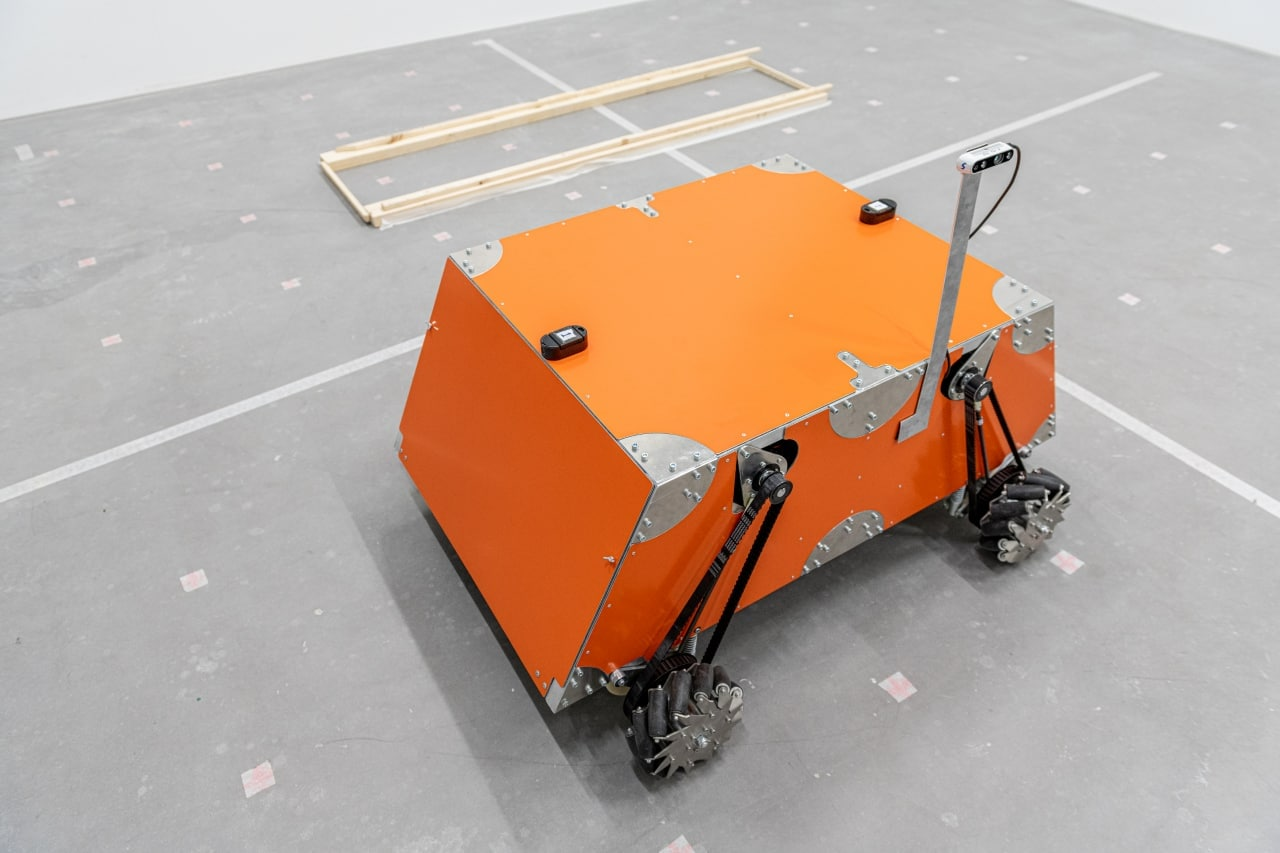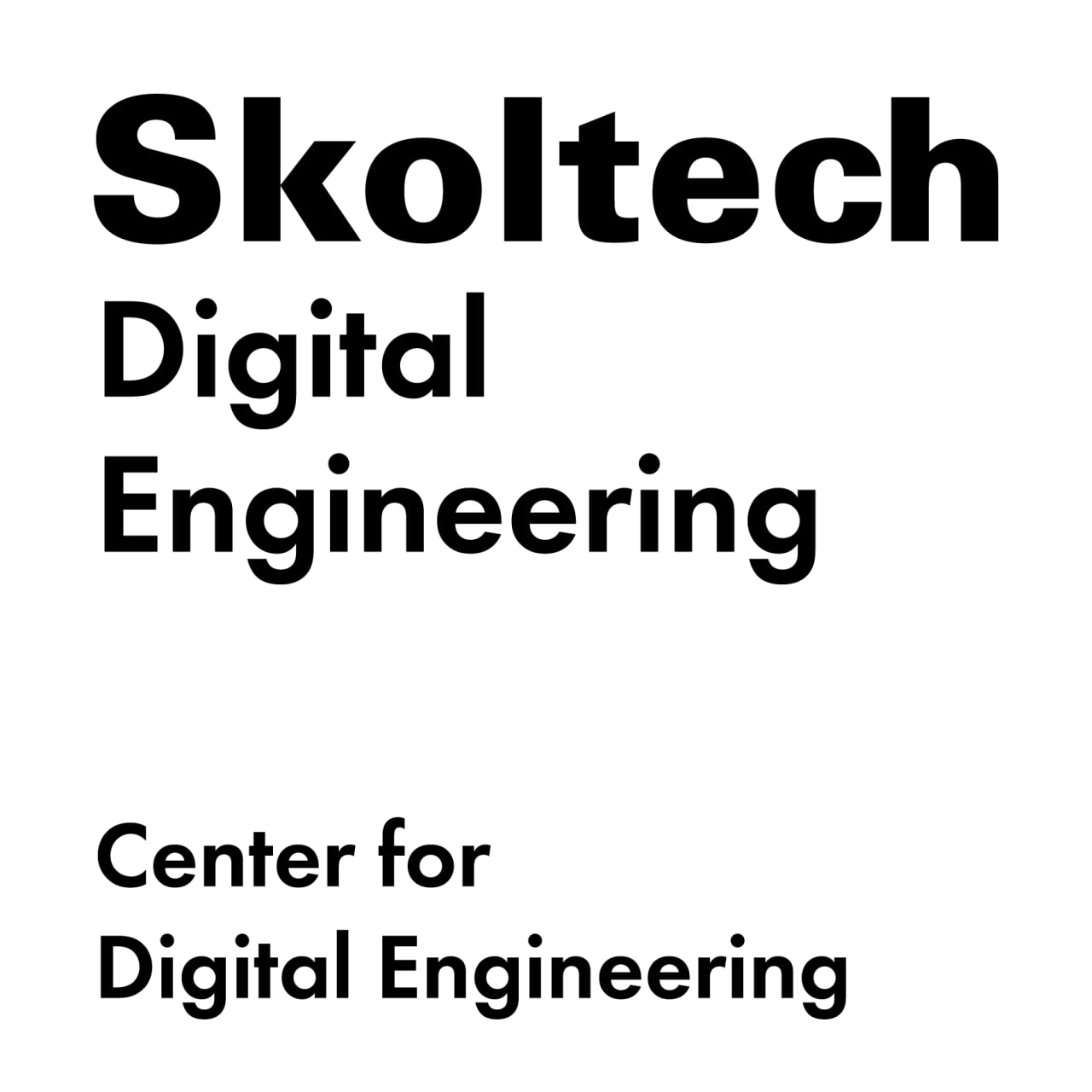Greenhouse robot: the first test run turned successful.
Jr. research scientist Ilya Osokin, engineer Mikhail Patrikeev, engineer Sina Mogimi and assistant professor Pavel Osinenko from the AI in dynamic action (AIDA) team conducted the first demonstration run of a mobile robotic platform with computer vision for greenhouse monitoring.
He is able to move on two types of surfaces - on concrete floor and on rails, usually installed between the rows of plants in greenhouses. The data from the six cameras will be processed on board using machine learning algorithms allowing the robot to track the number of crops, total mass and degree of maturity in real time.

In terms of mechanical design, the robot is a rectangular platform made of aluminium alloys and lightweight composite plates. The robot features four mecanum-type omnidirectional wheels which allow it to move in any direction and turn on the spot, unlike a car-type wheeled platform. This design makes the platform easier to manoeuvre and spare time on concrete.
"The robot can drive on and off the rails. This is a basis to change from a row to a row autonomously. The independent suspension ensures a constant contact with the surface", as pointed out by Pavel Osinenko.
The robot is driven by four electric motors powered by on-board batteries with enough charge for about 12 hours of work. The equipped weight of the robot is about 100 kg.

Furthermore, the robot has a 220V socket to power control and measurement equipment on board. The robot will be navigated inside the greenhouse by means of optical markers, similar to QR codes, fixed between the rows.
"Recently, a dataset was collected on the customer side to train the neural networks in the computer vision system of the mobile platform. Next, the robot itself is scheduled to be launched in the greenhouse complex", Osinenko added.
